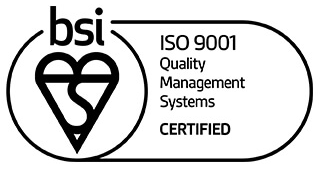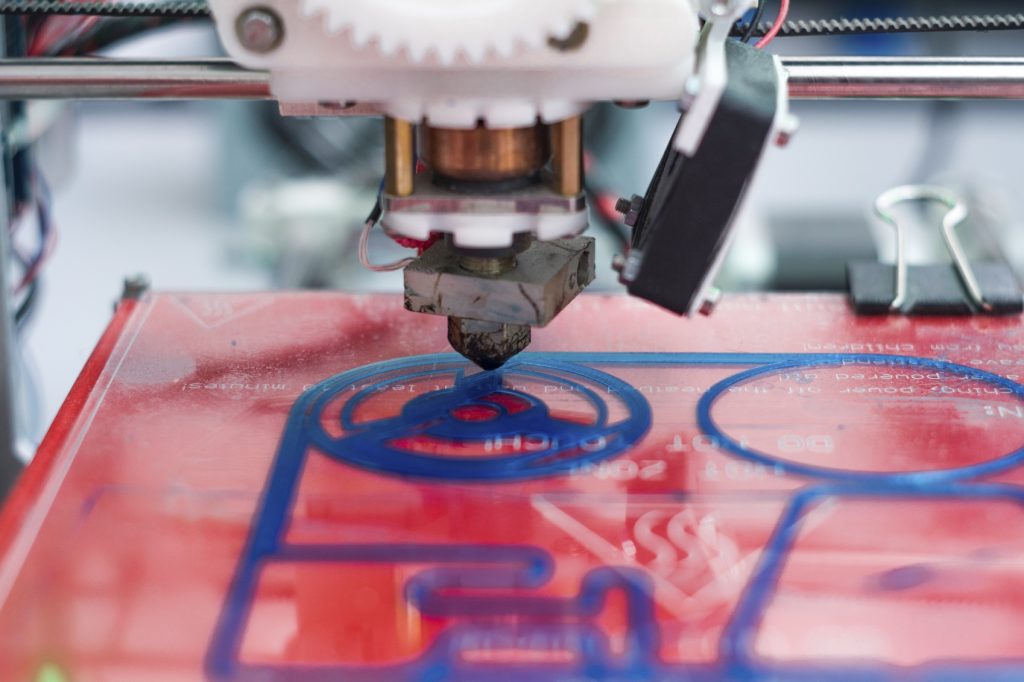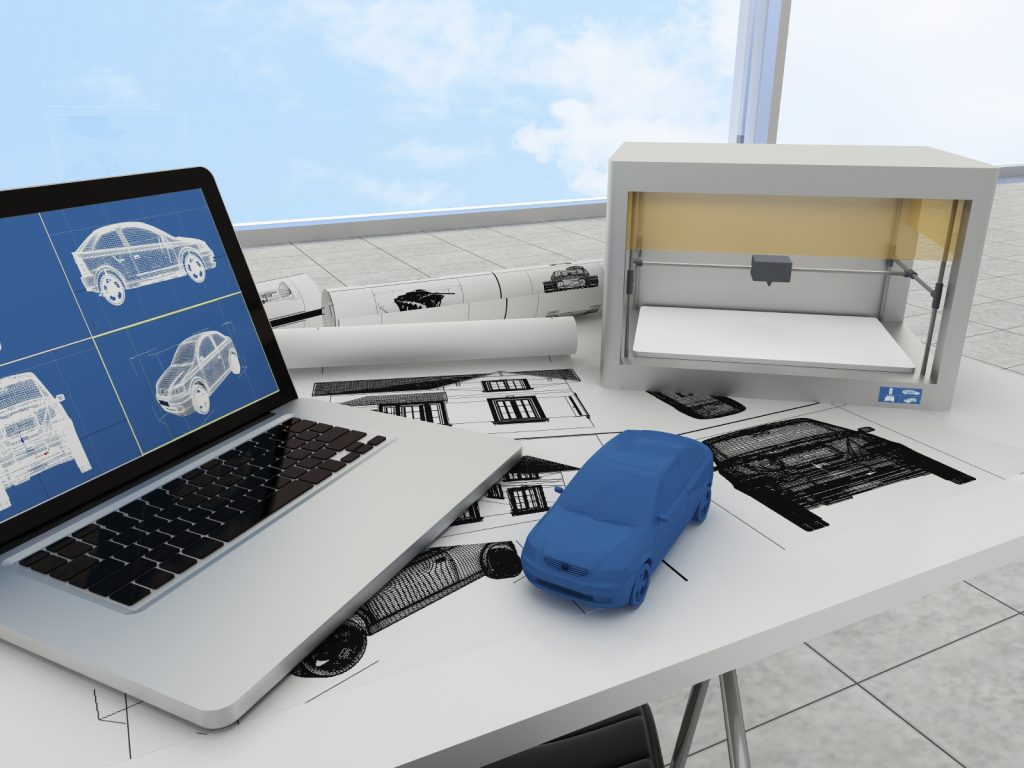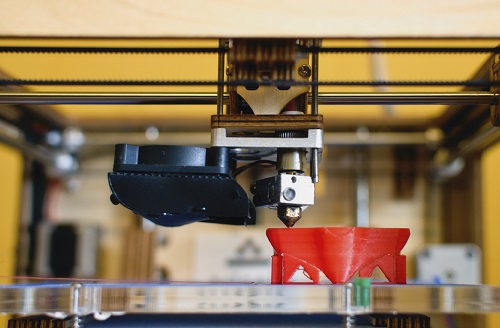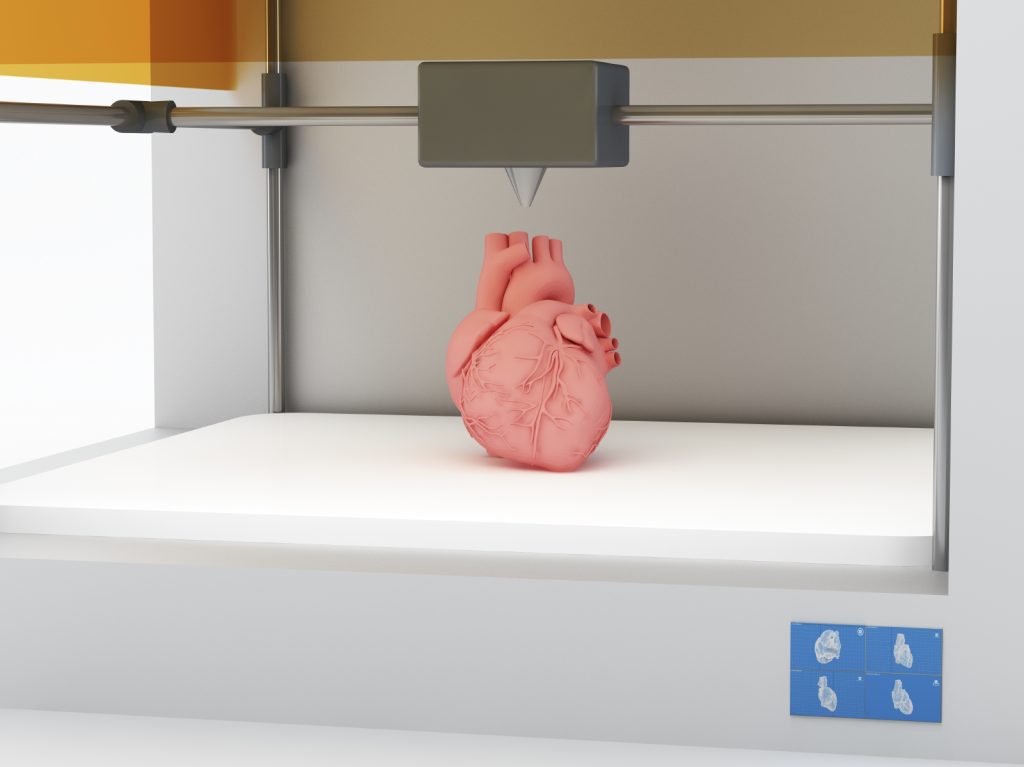How & Why is 3D Printing Changing the Manufacturing Industry?
3D printing is not only becoming increasingly popular in many manufacturing businesses but is also becoming the standard for some sectors. This additive manufacturing technology drives production by a digital blueprint and builds layer upon layer of material until the desired product is completed.
With the current focus on developing manufacturing solutions that are not just better but also more sustainable, 3D printing could be the answer for many businesses. This technology has the potential to permanently change the industry – both in the UK and at a global level – as it offers a whole new way of manufacturing products.
3D Printing in Manufacturing
The role of additive technology in manufacturing is varied; however the most common applications for 3D printing so far this year have been production (43%) and prototyping (55%) and only 0.01% of all manufacturing output was 3D printed as of last year, showing that the technology is still mainly used to create prototypes. These prototypes then allow companies to apply changes to models in an easy and cost-efficient way.
While the use of additive technology in manufacturing is still in its infancy, many companies are now incorporating 3D printing in their manufacturing processes. Airbus uses 3D-printed parts in its aircraft, for instance, while a staggering 98% of hearing aids produced across the globe are now made with 3D printing technology, which allows each piece to be customised for each unique ear shape. 3D printing also has significant implications for sectors such as the automotive and the aerospace industries, as it allows for the manufacturing of increasingly innovative and complex designs.
This technology is also used for low-volume production, in which small amounts of product are required to test the market or to present (or promote) at a trade show.
Benefits of 3D Printing in Manufacturing
3D printing can be used in a variety of industries and sectors, as well as situations and applications. While in the beginning, 3D printing was primarily limited to the production of small items from plastic filament, this is no longer the case.
The industrial side of this technology has taken incredible leaps and is revolutionising the manufacturing industry. 3D printing offers many advantages, such as the following:
Reduced Waste
Traditional manufacturing usually results in high costs and waste. With 3D printing, you only use the required amount of material to produce a part, creating little to no waste, which makes using this technology a very sustainable and environmentally friendly option.
Reduced Costs
3D printing allows you to keep labour costs low, utilise cost-effective materials (preventing waste) and invest only in the equipment needed to 3D print a part. You can also keep costs down by creating prototypes that allow you to authenticate a design without having to mass-produce it first – this reduces the possibility of having to rectify mistakes later, which can prove to be a very expensive endeavour.
Faster Product Development
From its design to its production, the development cycle of a part or product can be time-consuming for companies. However, 3D printing significantly expedites the process, allowing for quicker production cycles. For example, this technology can be used for rapid prototyping. This allows several variations of a multitude of designs to be created via this technology, which then enables a company to determine the best model after testing or feedback.
Not only does this hasten the time it takes for a product to reach the market, but it also cuts down on the costs of product development.
Variety of Materials
One of the great things about 3D printing is that it allows you to use a large variety of materials that range from plastic and resin, to metal and graphene. So, not only are design possibilities limitless, but you can always use the best material for your project without being restricted to just one material choice. This will greatly improve the research and development of manufacturing companies.
Less Storage Space Needed
In many industries, more traditional manufacturing methods require products to be stored on shelves for long periods of time, which not only requires a lot of storage space but can also be quite costly. However, when using 3D printing technology to manufacture products, dedicated storage space isn’t required, since parts are only produced as they are required; there is no need for overproduction or to pay for extended storage space.
Improved Customisation
3D printing easily allows the creation of a part that is tailor-made to your specific requirements; this means that you could build anything, from cars to planes, with your unique specifications. 3D printing is therefore a great tool to have in manufacturing, as it helps a company to achieve new design possibilities.
Challenges to Adopting 3D Printing
3D printing technology is evolving rapidly; however, there are still some challenges to overcome to achieve a more widespread implementation of this technology:
- Skills gap – The number of people with the necessary expertise to use 3D printing in manufacturing is still limited.
- Cost of materials – The cost of materials used to 3D-print a part can be high, which discourages the production of higher-volume parts.
- Cost of equipment – The equipment needed to produce 3D-printed parts can be pricey, and companies typically need to hire people to operate and maintain it.
- Quick evolution rate – Manufacturing is constantly changing and so are technological capabilities, which makes many companies reticent to commit to a specific approach, such as 3D printing.
- High energy consumption – 3D printers tend to consume 50 to 100 times more energy than processes like injection moulding, which makes 3D printing ideal for only small volume production for now.
- Select materials – While you can 3D-print a part from a wide variety of materials, some are in limited supply or under development; the preferred material is still plastic, which may not be suited for some applications.
3D Printing and the Future of Manufacturing
However, despite these challenges, the growth of 3D printing in manufacturing is not likely to slow down. On the contrary, with an estimated 6.7 million 3D printers set to be shipped worldwide in 2020, it’s fair to expect an increasing number of parts to be manufactured with this technology.
It’s impossible to know for sure how 3D printing will transform manufacturing, but the market share is certainly growing, and more companies are opting for this technology. 3D printing will probably become the norm when it comes to research and development, but it’s not likely to become the main process for mass volume production – at least not anytime soon.
Registered in England VAT No: 146307478 Company Registration No: 1062820
